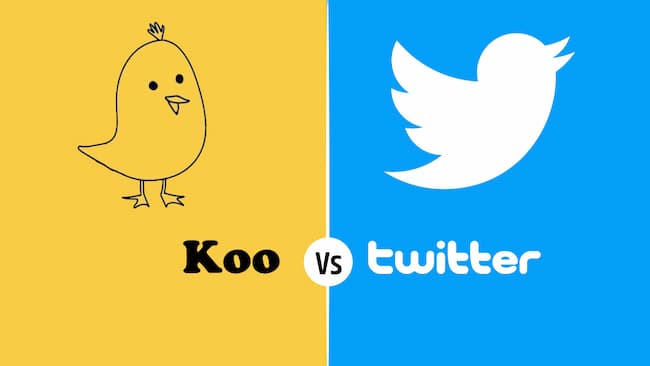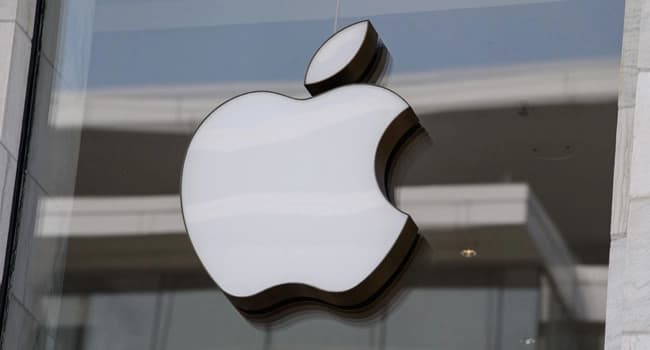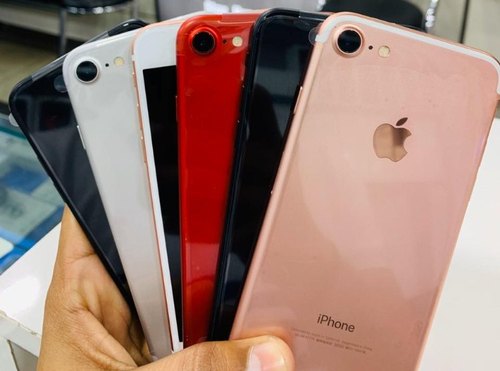Koo, an Indian microblogging and social networking app, and has launched its operation in Nigeria. Koo can be seen as Twitter’s rival in some ways.
Here are 7 things to know about koo
Invention of koo
Koo was co-founded by entrepreneurs Aprameya Radhakrishna and Mayank Bidwatka. It was founded in 2019 and launched in 2020. Koo was formerly known as Ku Koo Ku, it won the government of India’s Aatmanirbhar App Innovation Challenge in August 2020.
Twitter vs Indian Government
The app increased in popularity after a weeklong battle between Twitter and the Indian government over Twitter’s refusal to block accounts the government had flagged for spreading disinformation during the 2020–21 Indian farmers’ protest. Following this standoff, many Cabinet Ministers such as Piyush Goyal and various government officials moved to Koo, which saw a surge in user base.
READ ALSO: Koo App Launches Operation In Nigeria
Similarity
The Koo app is similar to Twitter; the logo and the interface. Koo’s interface is similar to that of Twitter, allowing users to categorize their posts with hashtags and tag other users in mentions or replies. Koo uses a yellow and white interface. Koo gives a yellow tick when an account is verified.
Free or paid
Koo is a free social media platform that is available on Google Playstore and Apple Store. This platform renders a free service and connects its users all around the world.
Nigeria
On Tuesday, Koo app officially launched in Nigeria, promoting freedom of expression and revealed that it will feature local languages soon.
Award
Koo won the Centre’s AatmaNirbhar App Innovation Challenge held in August 2020. Koo has a 4.7-star rating on Play Store, with close to 2.5 million downloads till now and a million active users and 3.2 ratings on the Apple store.
Privacy
According to a French security researcher, Koo is not very safe, and currently, it is leaking a lot of sensitive user information including email ID, phone numbers and date of birth. Reacting to the data leaks, Koo has said, “Users enter their profile data on the app to be shared with others on the platform. That’s what’s displayed everywhere across the platform. While there have been false allegations of a data leak, it’s just commonly called the public profile page for all users to view!”














